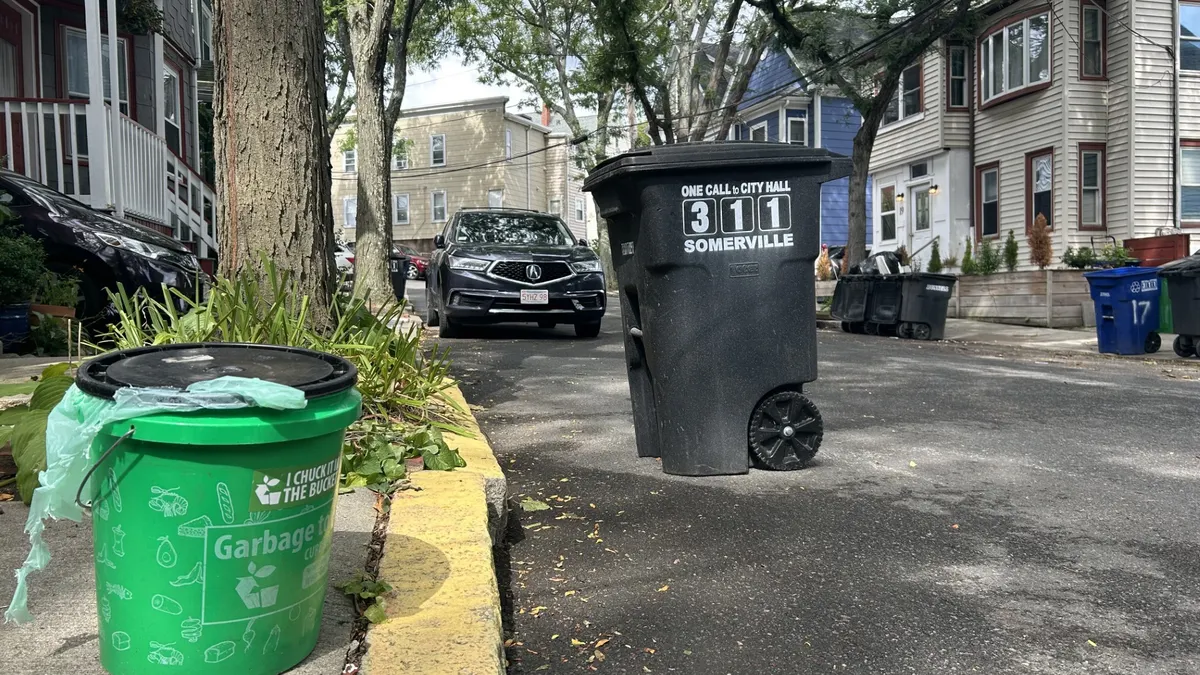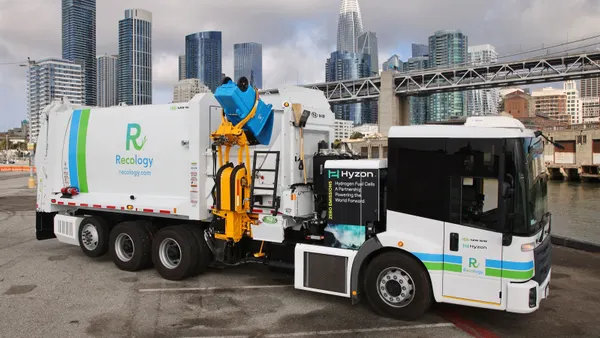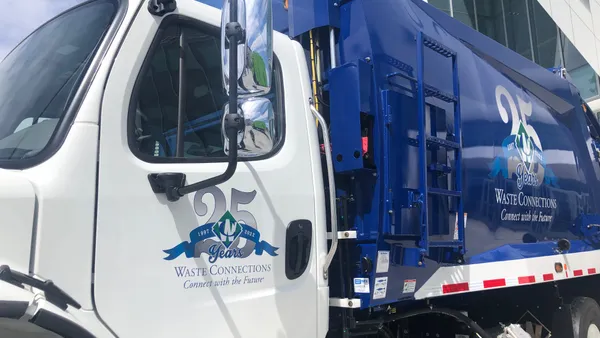The U.S. EPA will roll back significant parts of the National Primary Drinking Water Regulation by rescinding four of the six chemicals named in the regulation.
The agency announced on Wednesday it will rescind and “reconsider” regulations for PFHxS, PFNA, PFBS and HFPO-DA, commonly known as GenX. EPA says it plans to keep regulations for two other chemicals in the standard: PFOA and PFOS.
The announcement rolls back major parts of the drinking water rule set under the Biden administration last April, which set legally enforceable limits for the six types of per- and polyfluoroalkyl substances in drinking water. The EPA has said PFAS exposure can cause numerous health problems.
The drinking water rules have become the default standard for treating a range of wastewater categories. The standards are relevant to waste facility operators because of how the rules might affect leachate management and groundwater monitoring efforts, as well as how these facilities interact with wastewater treatment facilities. The regulations also represent business opportunities for waste companies that service industrial clients.
The EPA now plans to extend compliance deadlines for PFOA and PFOS, saying it would give drinking water system operators more time to develop plans for complying with maximum contaminant levels (MCLs) for the two chemicals.
The agency is planning a new rulemaking process to propose extending that compliance date from 2029 to 2031. EPA said it may issue the proposed rule sometime this fall and finalize the rule in spring of 2026.
As part of the drinking water standard review, EPA says it will also step up its outreach to water utilities, especially in rural and small communities and those that need capital improvements to be able to reduce PFOS and PFOA levels to the current MCL.
The new initiative, dubbed the PFAS Outreach Initiative, aims to offer “resources, tools, funding, and technical assistance to help utilities meet the federal drinking water standards,” it said. The agency also acknowledged that it sees these utilities as “passive receivers" of PFAS, a term waste industry groups also say applies to their operations. Administrator Lee Zeldin has said he believes the EPA should support a “polluter pays” model that helps passive receivers avoid major costs to treating or mitigating PFAS at their facilities.
That move comes weeks after Zeldin told reporters he was reviewing concerns from water utilities and lawmakers about how to meet the upcoming compliance deadlines.
The agency also noted it would work toward building a “federal exemption framework,” but it’s unclear what the framework would entail or who would be eligible.
The EPA also continues to face litigation over the drinking water rules. The American Water Works Association and Association of Metropolitan Water Agencies sued the agency last year, saying the EPA did not use the most up-to-date data when crafting the standard and raised questions over whether the rule was consistent with the Safe Drinking Water Act. That case is expected to be back in court in a few weeks after the EPA requested an abeyance on Monday.
In a statement, the EPA said it will “support the U.S. Department of Justice in defending ongoing legal challenges to the PFAS National Primary Drinking Water Regulation with respect to PFOA and PFOS.”














